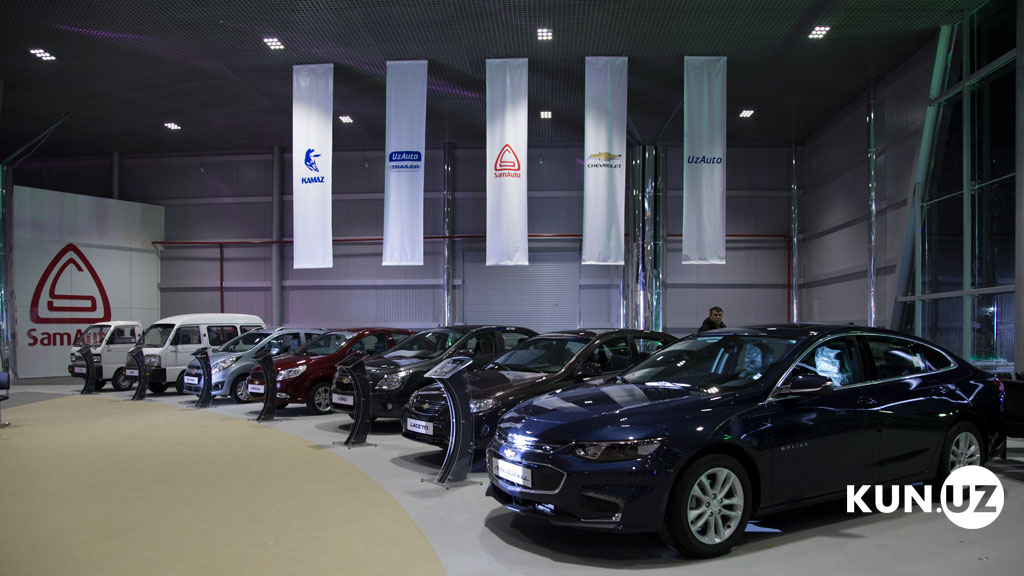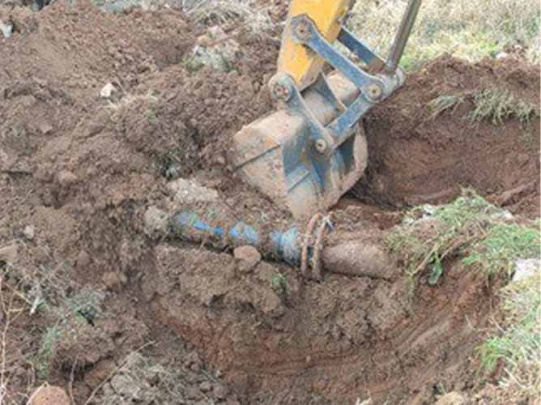At the beginning of December, UzAuto Motors did not conclude a contract for budget models – Damas, Labo, Cobalt and Gentra. By the beginning of January, it also stopped handing over prepaid cars.
Initially, the suspension in handing over cars to owners was promised to last 4-5 days, but later this period was extended indefinitely.
According to the tradition formed in the last few years, UzAuto Motors stops selling cars for various reasons every time before increasing the price of cars.
This time, after the re-opening of the sale was delayed, there were reports on social media that the company was going to increase the prices again. But this time, there are rumors that the prices will increase by 30%. UzAuto does not deny this information.
A Kun.uz source also confirmed that prices are expected to increase, but did not specify how much they could increase.
It is estimated that starting from 2023, UzAuto Motors will be deprived of benefits and start paying customs duties. But this does not mean that the car monopoly in the country will be canceled, it’s just that the car price will be more expensive for Uzbeks without a choice.
Instead of reducing costs, introducing new technologies and taking other measures to reduce the value of the product, the price is always increased, that is, the problems of the factory are solved at the expense of consumers.
UzAuto Motors stopped production of Nexia-3 and Spark from the end of 2022, and it is planned to remove the Lacetti-Gentra from the assembly line from the end of this year. Thus, Cobalt becomes UzAuto’s cheapest sedan.
According to the information provided, the production of other budget models instead of Nexia-3 and Spark will not be launched in the coming years.
At the same time, the duties are set the highest for small-capacity cars, which are considered the most economical.
The expected trend will radically limit the possibility of choosing a car for the vast majority of the population of Uzbekistan. Unsatisfied demand will only grow in the conditions of lack of growth in production volumes and limited choice.
The increase in the cost of cars is most likely due to the increase in the cost of imported components. This situation shows that the tasks set before the enterprise on localization have not yet been sufficiently fulfilled.
There is a big difference between “assembling” cars and officially “producing” them. It should not be forgotten that a very large part of the car parts is still imported.






